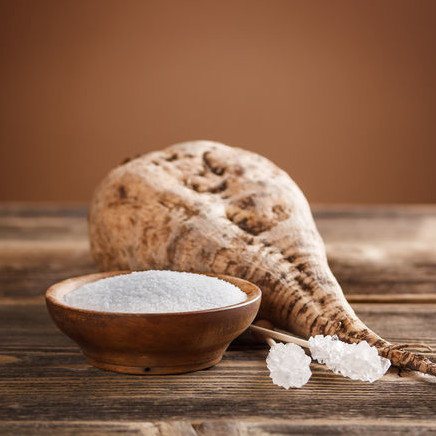People researching beet sugar vs cane sugar often want to know which blends well in liquids.
People researching beet sugar vs cane sugar often want to know which blends well in liquids.
Blog Article
Discover the Uses and Benefits of Beet Sugar Vs Cane Sugar in Your Daily Diet
Discovering the distinct top qualities of beet and cane sugar reveals greater than simply their sweetening abilities; it highlights their one-of-a-kind effect on wellness and culinary arts. Beet sugar, understood for its refined flavor, is commonly favored in delicate treats, whereas cane sugar, with its tip of molasses, adds splendor to durable dishes. Each kind holds its very own nutritional account and glycemic effects, inviting a much deeper understanding of their roles in a well balanced diet regimen and sustainable usage techniques.
Beginning and Production Processes of Beet and Cane Sugar

The unique climates and dirt kinds needed for expanding sugar beets and sugarcane add to distinctions in their farming practices and geographic circulation, influencing the economics and sustainability of their manufacturing. beet sugar vs cane sugar.
Nutritional Contrast In Between Beet Sugar and Cane Sugar
Regardless of originating from different plants, beet sugar and cane sugar are nutritionally extremely similar, both mainly including sucrose. Each provides about 4 calories per gram, translating to approximately 16 calories per tsp. Structurally, both sugars are made up of roughly 99.95% sucrose, with minimal quantities of other materials like dampness and trace element, which do not significantly alter their nutritional profiles.
Inevitably, when choosing in between beet sugar and cane sugar based on nutritional content alone, both offer similar benefits and disadvantages as they are basically types of the exact same particle-- sucrose, giving fast energy without other nutrients.
Influence On Health: Glycemic Index and Caloric Content
Exploring better right into the effects of beet sugar and cane sugar on wellness, it is crucial to consider their glycemic index and caloric web content. The glycemic index (GI) of both beet and cane sugar is around 65, categorizing them as high-GI foods, which can cause quick spikes in blood glucose degrees.
Each sort of sugar includes about 4 calories per gram, making their calorie material matching. For those checking caloric consumption, particularly when managing weight or metabolic health and wellness useful source conditions, recognizing this equivalence is vital (beet sugar vs cane sugar). Too much consumption of any type of high-calorie, high-GI food can add to wellness problems such as excessive weight, heart disease, and insulin resistance.
Environmental and Economic Factors To Consider of Sugar Manufacturing
Beyond health influences, the manufacturing of beet and cane sugar likewise raises substantial environmental and economic issues. Sugar beet farming often tends to need cooler environments and has a reduced geographical footprint contrasted to sugar cane, which prospers in exotic regions. However, both plants are intensive in terms of water usage and land occupation, potentially leading to logging and water visit homepage scarcity. Financially, the global sugar market is highly unpredictable, influenced by adjustments in global trade policies and subsidies. Lots of countries incentivize sugar manufacturing through financial backing, skewing market value and impacting small farmers adversely.
Additionally, the usage of pesticides and plant foods in both beet and cane sugar growing can cause soil degradation and pollution, further influencing biodiversity and local water bodies (beet sugar vs cane sugar). The option in between cultivating sugar beet or cane commonly rests on neighborhood ecological conditions and economic aspects, making the sustainability of sugar production a complex concern
Culinary Applications and Flavor Distinctions
While the ecological and financial elements of sugar production are indeed substantial, the option between beet and cane sugar additionally influences cooking applications and taste profiles. Beet sugar, acquired from the sugar beet plant, is understood for its extremely neutral taste.
Walking stick sugar, drawn out from sugarcane, commonly retains molasses traces, which give a distinct splendor and deepness. This small molasses taste boosts the complexity of baked products, sauces, and marinades. It is specifically preferred in things where a sugar undertone is wanted, such as in brownies or gingerbread. Furthermore, the small variation in dampness content in between beet and cane sugar can see this page impact the texture and uniformity of meals, making cane sugar a recommended option for specific recipes that take advantage of its distinct buildings.

Conclusion
In conclusion, both beet and cane sugar have distinctive beginnings and manufacturing procedures, supplying comparable dietary accounts with small differences in sodium content and flavor. While their influence on health and wellness, especially relating to glycemic index and calories, is similar, the option between them frequently comes down to environmental, economic elements, and particular culinary needs. Comprehending these facets can guide consumers in making educated decisions that line up with their health and wellness objectives and taste choices.
Report this page